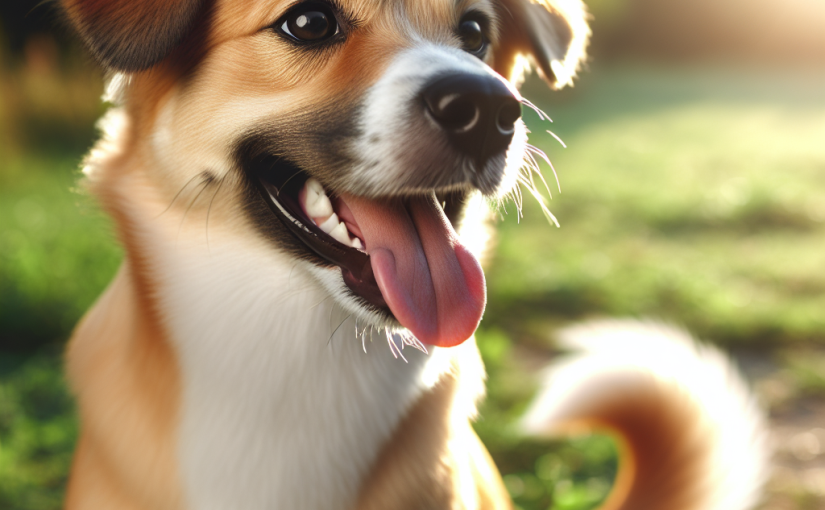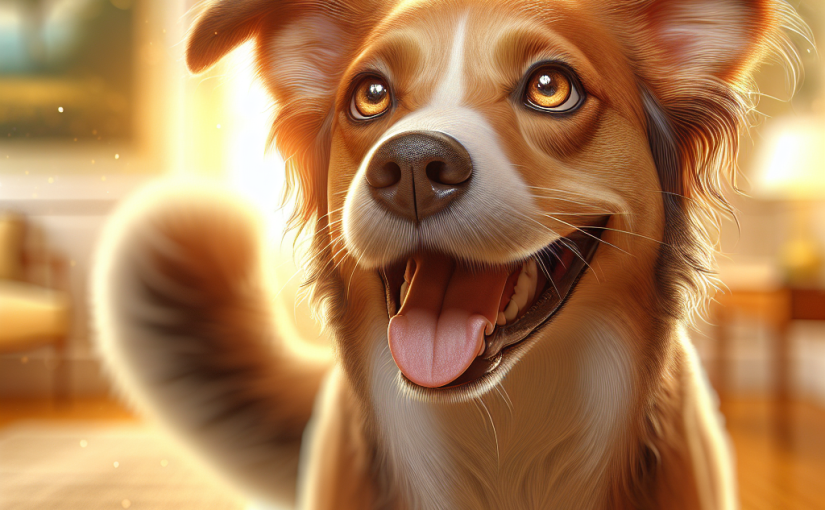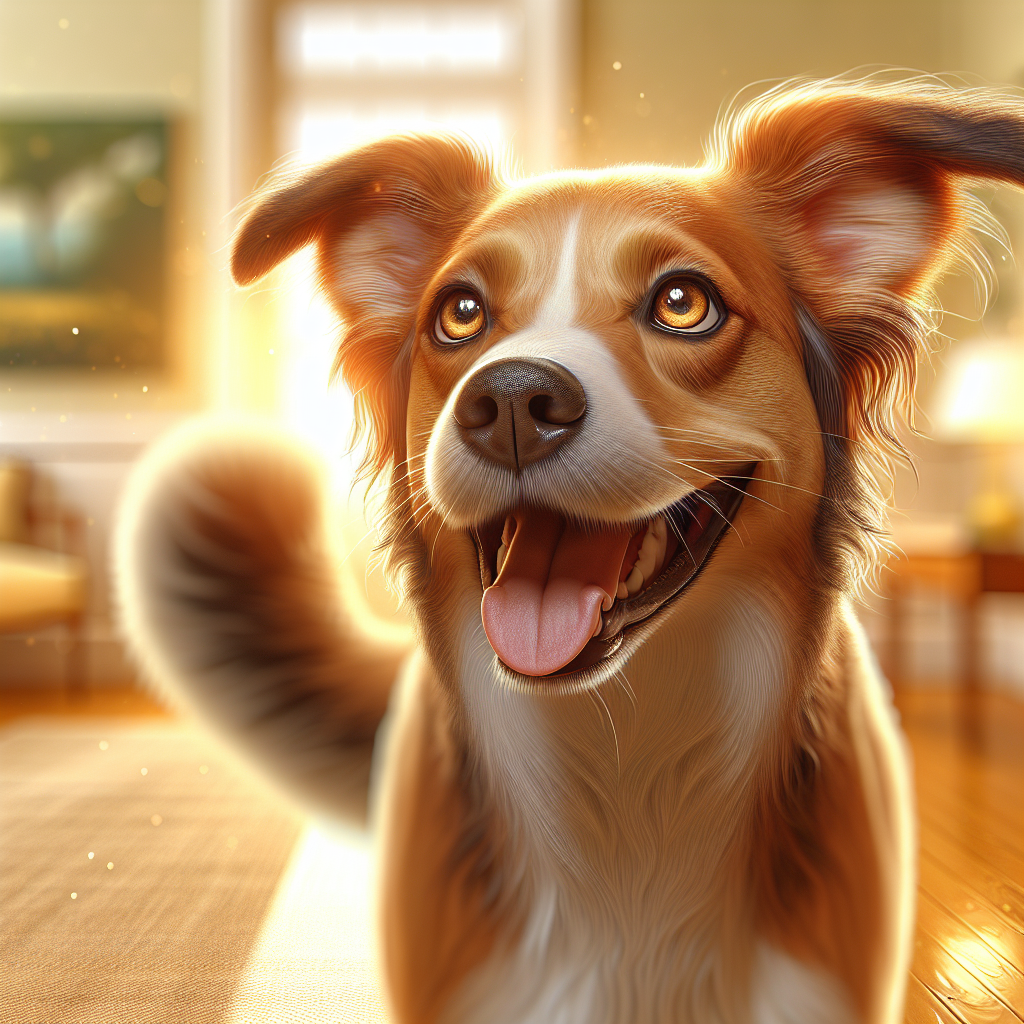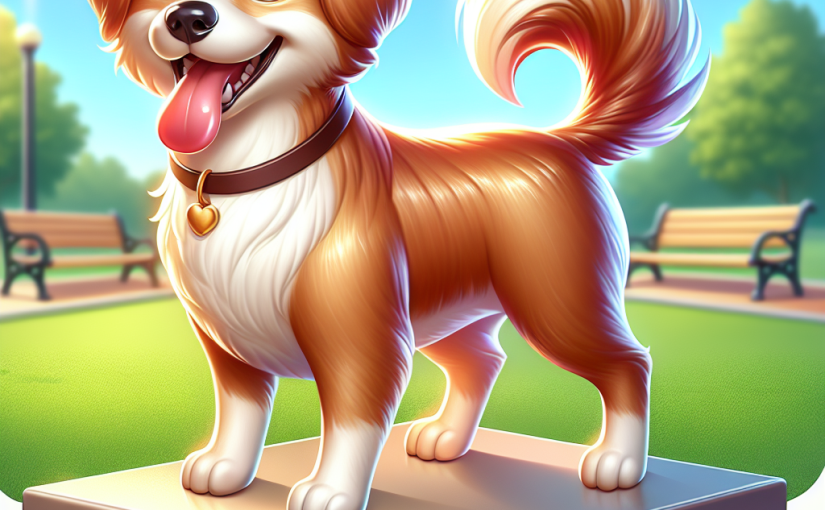The Curious Case of Fleas on Cats

Alright folks, let’s dive into the itchy world of fleas on cats. It’s not the most glamorous topic, but hey, neither is having a flea circus on your furry friend. If you’ve ever had the pleasure of dealing with these tiny terrors, you know what I’m talking about. Fleas on cats look like little dark specks, but don’t let their size fool you—they can cause a whole lot of drama.
Picture this: you’re chilling on a Sunday afternoon, your cat sprawled out on your lap, purring like a tiny engine. Then, you notice something—a scratch here, a bite there. Those are the signs of fleas on cats. You start feeling the itch too, but maybe it’s just the power of suggestion. Or maybe, your cat’s got guests.
Identifying fleas in cat fur requires a keen eye. They don’t announce their presence. Nah, they’re sneaky little buggers. Think of them as the ninjas of the pet world. You part the fur and there they are—tiny, dark, and quick as lightning. Once you’ve spotted one, it’s like opening Pandora’s box. Now, you’re on a mission.
Spotting Fleas: The Art of Observation
Spotting fleas is an art that requires patience and a bit of detective work. Your cat might not appreciate it, but hey, you’re doing them a favor. So, how do you go about it? It starts with a good observation.
Visible signs of fleas on pets can be elusive. These critters are experts at hide and seek. You might see your cat scratching more than usual. Maybe they’re grooming a bit obsessively. But to the untrained eye, fleas on cats look like specks of dirt. That’s where the art comes in—spotting those little offenders before they wreak more havoc.
You have to get up close and personal. Run a fine-toothed comb through your cat’s fur. If you’re lucky, or unlucky depending on how you see it, you’ll catch one. They’re fast, but they’re not invisible. Once you see one, you’ll know it.
Flea Dirt: The Unwelcome Evidence
Now, let’s talk about flea dirt. Sounds pleasant, right? Not really. Flea dirt is the unwelcome evidence of a flea infestation. It’s like the calling card these pests leave behind. If you want to know how to identify flea dirt, it’s simple—look for tiny black specks on your cat’s skin.
Flea dirt is actually flea feces. Yeah, you read that right. It’s what they leave after feasting on your cat. If you find some, it means the fleas have been having a party on your pet. Try this: place the specks on a damp paper towel. If it turns reddish-brown, you’ve got flea dirt. It’s not the kind of treasure hunt anyone wants to win, but there you go.
Flea detection in cats isn’t glamorous, but it’s necessary. Once you find the dirt, it’s game on. Time to take action. Your cat might not thank you, but their skin will. Keep an eye out for these signs. They’re like breadcrumbs leading you to the culprits.
What Do Flea Bites Look Like on Cats?
Flea bites—ah, the bane of a cat’s existence. If you’ve ever wondered what flea bites look like on cats, imagine tiny red bumps. These bites are usually found around the neck, belly, and back. Cats aren’t shy about letting you know they’re uncomfortable. Their incessant scratching is a dead giveaway.
Recognizing flea bites on cats can be tricky. But once you know what you’re looking for, it’s like reading a map. These bites can cause skin irritation and even lead to infections if left unchecked. Your cat might not be able to tell you they’re itchy, but their behavior will speak volumes.
Fleas on cats look like tiny invaders, but their bites can have a big impact. It’s not just about the itch. Some cats are allergic to flea saliva, which can lead to more severe skin issues. So, keep an eye out for those red bumps. They’re more than just a minor annoyance.
The Flea’s Disguise: What They Really Look Like
Let’s lift the curtain on these flea invaders. The flea’s disguise is their tiny size and speed. When it comes to the appearance of cat fleas, think small, dark, and elusive. They’re not much bigger than a pinhead, but they pack a punch.
Identifying fleas in cat fur is a battle of wits. These pests aren’t just going to stand there and let you catch them. They’re quick and slippery. But once you know what they look like, you can spot them a mile away. Their bodies are flat, allowing them to move effortlessly through your cat’s fur. It’s like they were designed for stealth.
So, what do fleas on cats look like? They’re tiny, but don’t underestimate them. They’re like the Houdinis of the insect world—masters at the art of escape. But with a little patience and a keen eye, you can catch them in the act.
Thanks for sticking with me on this itchy journey. Dealing with fleas isn’t fun, but knowing what to look for makes it easier. Keep your eyes peeled and your comb handy. You’ll be the hero your cat didn’t know they needed. Happy flea hunting!
Spotting Flea Dirt: Nature’s Tiny Clues
Ever sat sipping your morning coffee, and your cat jumps on your lap—then you notice it? Those little black specks. They’re like nature’s confetti, except less festive. Ain’t that something? That’s flea dirt on cats, and it’s pretty much flea poop. Yeah, not exactly a breakfast topic, but here we are. Ignoring it? Bad move. It’s not just a few spots. It’s a sign that your cat’s got company—unwanted company.
Flea dirt is a big clue. It tells you more than you’d think. Those tiny specks, when wet, turn red. That’s dried blood. The cost of ignoring this? Way more than just a few restless nights. We’re talking a full-blown infestation if left unchecked. And let’s be real, nobody wants that. So, next time you’re brushing your cat, keep an eye out for those specks. It’s like detective work, but without the trench coat.
The Itch That Never Quits: Recognizing the Signs
You know that feeling when you’ve got an itch you can’t shake? Now imagine that times ten. That’s what your cat’s dealing with if fleas are in the mix. When your cat’s scratching like it’s got a score to settle, that’s a red flag. Cat scratching constantly means there’s something up. It’s like their way of waving a white flag and saying, “SOS, help me out here!”
The signs of fleas on cats aren’t subtle. They’re loud and clear. You’ll notice hair loss, irritated skin, and of course, that relentless scratching. It’s a wild ride, and not the good kind. Your cat’s trying to tell you something, and it’s high time we listen. Those little pests are having a field day, and it’s our job to crash that party.
The Infestation Tango: When Fleas Take Over
Here’s a scene for you: you’re minding your business, and suddenly, your cat’s got a flea here, a flea there. Before you know it, they’re throwing a party, and guess what? You’re not invited. Flea infestation symptoms are no joke. Your cat’s got the itch, and your home? It’s turning into Club Flea.
One flea becomes two, and two become too many to count. It’s like they’re multiplying faster than you can say “flea circus.” The cost of ignoring those early signs? A full-blown infestation. It’s like a never-ending tango, and you’re left trying to keep up. The best way to handle it? Spot it early, and nip it in the bud. Trust me, you don’t want to be dealing with this mess at 3 a.m. when you should be getting your beauty sleep.
The Vet Visit: Your Best Ally in the Battle Against Fleas
I’m telling you, those vets are like superheroes. They can spot a flea from a mile away. When the flea circus comes to town, the vet’s the one with the magnifying glass—and a whole lot more. A vet flea treatment for cats is your best bet. They’ve got the tools and the know-how to tackle those pesky critters head-on.
You might think you can handle it alone, but sometimes, it’s best to call in the cavalry. The vet’s got treatments that work, and they can give you the lowdown on what’s best for your furry friend. It’s like having a secret weapon in your back pocket. Don’t be afraid to use it. You’ll be glad you did when your cat’s back to its happy, itch-free self.
Prevention: Keeping Fleas at Bay
Now, let’s talk prevention. It’s like a game of chess, but with fleas. You’ve got to stay a step ahead. They’re always plotting a comeback, and it’s up to you to keep them at bay. Preventing fleas on pets is a full-time job, but it’s one worth doing.
Cat flea prevention tips abound, and it’s all about finding what works for you. Regular grooming, vacuuming like your life depends on it, and keeping those pesky fleas out of your home. It’s not rocket science, but it does take a little effort. And trust me, it’s worth it. When your cat’s purring away, flea-free, you’ll know you’ve done right by them.
So, there you have it. From spotting flea dirt to keeping those little critters at bay, it’s a journey we’re all on together. Thanks for hanging out with me on this flea-infested ride. Wishing you and your feline companion nothing but the best in your quest for a flea-free existence. Let’s keep those fleas on the outside looking in, where they belong. Cheers to a scratch-free life!
The Flea Circus: How Fleas Jump Ship Between Cats
Picture this: it’s a lazy Sunday afternoon. Your cat’s snoozing beside you, purring like a tiny engine. But somewhere in that furball of contentment, there’s a covert operation happening. Fleas—those tiny acrobats—are performing their own circus act. They’re not just lazing around. Nope, they’re jumping from one cat to another like seasoned performers.
Fleas on cats look like tiny dark spots, but don’t be fooled—they’re busy plotting their next move. The cat flea jumping behavior is a real show. They’ve got this knack for hitching a ride on your unsuspecting feline and setting up camp. Before you know it, they’ve made themselves at home, starting their sneaky life cycle without even a knock on the door. You might eventually catch them, like catching someone sneaking your last cookie. But until then, it’s all high-wire acts and flea infestations signs in cats.
Behind the Scenes: The Life Cycle of a Flea
Let’s pull back the curtain and see what goes on behind the scenes of this flea show. The flea life cycle cat is a whirlwind. One day, you spot a single flea, and then—bam!—it’s a full-blown flea fest. These little buggers move fast. They lay eggs that tumble into your cat’s bed, your carpet, and even that spot on the couch where you nap.
Those eggs hatch into larvae, and then they cocoon themselves like they’re prepping for a grand debut. When they’re ready, out pops the adult flea, ready to leap onto the nearest host. Fleas on cats look like they’re just chillin’, but trust me, they’re plotting world domination. At least, in the world of your living room.
The Tell-Tale Signs: How to Spot Fleas on Your Feline
Spotting fleas on cats isn’t as easy as it sounds. It’s like trying to find that last puzzle piece under the couch. Flea infestation signs in cats can be subtle. Maybe it’s a little extra scratching, or perhaps you notice some tiny flea dirt—those little pepper-like specks.
Give your cat a good comb-through using a flea comb. That’ll reveal any unwelcome guests hiding in their fur. It’s a game of hide and seek, and if you’re not vigilant, the fleas will win. Once you see those tiny invaders, you can’t unsee them. But hey, at least you’re one step closer to giving them the boot.
The Never-Ending Battle: Cats vs. Fleas Through History
Now, here’s a saga that could rival any soap opera: the never-ending battle between cats and fleas. Fleas have been around forever, like that old pair of socks you just can’t seem to throw away. Historical flea control methods have been a mixed bag, with folks trying everything from herbal concoctions to good old-fashioned soap and water.
When you think about it, the flea history in feline care is a testament to human perseverance. We’ve been trying every trick in the book to outsmart these little pests. Some methods worked, some didn’t, but the battle rages on. It’s like an epic tale of cats vs. fleas, a story that keeps on giving.
Living with Fleas: What It Means for Your Cat’s Health
Living with fleas isn’t a picnic for your cat. It can turn their life into a health drama worthy of a soap opera. Fleas on cats look like tiny nuisances, but their impact is more than skin deep. Flea impact on cat health can be serious. We’re talking anemia, allergic reactions, and even the risk of tapeworms.
It’s not just a matter of comfort; it’s about your cat’s overall well-being. If fleas are left unchecked, they can cause a world of hurt for your furry friend. Keeping an eye out is crucial. A flea-free cat is a happy cat, and who doesn’t want their Sunday afternoons to stay peaceful?
So, there you have it, folks. From the flea circus to the historic battles, these little critters have made their mark on our lives. It’s been a wild ride, and I thank you for sticking with me through this flea-ridden adventure. Here’s hoping your cat stays flea-free and your Sundays remain blissfully lazy. Cheers!
Quick Takeaways:
Alright, folks, let’s get down to brass tacks. Fleas on cats are the tiny circus performers of the pest world—kind of like those annoying house guests who refuse to leave. Fleas on cats look like little brown specks jumping around. They’re small but have a knack for causing big trouble. When you’re doing flea detection in cats, watch out for visible signs of fleas on pets, like flea dirt on cats. You know, those little black pepper-like specs that are actually flea poop. Gross, right?
If your cat’s got the itch—scratching constantly and acting all fidgety—it might be time to check for fleas. Recognizing flea bites on cats is crucial too. You might notice red bumps or irritated patches on their skin. These are telltale signs of fleas on cats. And let’s not forget the appearance of cat fleas themselves. They’re small, flat, and reddish-brown—like tiny, uninvited guests setting up camp in your cat’s fur.
So, what’s the game plan? Well, identifying fleas in cat fur is step one. Step two is knowing how to identify flea dirt. And step three is getting your act together for some vet flea treatment for cats. The key to a flea-free life? Preventing fleas on pets with some solid cat flea prevention tips. Trust me, your cat—and your sanity—will thank you.
FAQs:
1.
What do fleas on cats look like?
Fleas on cats look like small, reddish-brown insects that are about the size of a pinhead. They’re flat, which helps them move through your cat’s fur with ease. If you see what looks like little moving dots, that’s probably them. They’re fast and elusive, so you might have to part the fur to get a good look.
2.
How can I spot flea dirt on my cat?
Flea dirt on cats looks like tiny black or dark brown specks. It’s often found around the neck or base of the tail. To confirm, collect some on a wet paper towel—if it turns reddish-brown, you’ve got flea dirt. It’s basically flea waste mixed with your cat’s blood. Lovely, huh?
3.
What are the signs of fleas on cats that I should look out for?
Look for your cat scratching constantly, especially around the neck and tail. Check for visible signs of fleas on pets, like flea dirt or actual fleas. You might also notice hair loss or red, irritated skin—classic flea infestation symptoms. If your cat seems restless or irritated, that’s another red flag.
4.
How do I recognize flea bites on my cat?
Recognizing flea bites on cats is a bit of detective work. Look for small, red bumps, especially in areas where your cat can’t easily scratch, like the back of the neck. These bites can cause irritation and itching, leading to more scratching and potential skin infections if not treated.
5.
What steps should I take for effective cat flea prevention?
First off, regular grooming helps with flea detection in cats. Use flea combs to catch any hitchhikers. For a more serious approach, consider vet flea treatment for cats. They can recommend the best products for your situation. Finally, keep your home clean—vacuuming and washing your cat’s bedding regularly can make a big difference.
Conclusion:
And there you have it, folks. A deep dive into the world of fleas on cats. It’s not just about what fleas on cats look like—it’s about understanding the whole circus they bring with them. From identifying fleas in cat fur to spotting flea dirt, and recognizing flea bites on cats, it’s a journey that requires a bit of patience. But hey, that’s the price we pay for loving our furry companions.
Remember, you’re not alone in this battle. The signs of fleas on cats can be subtle but knowing what to look for is half the battle. And while the flea life cycle cat saga can feel like a never-ending loop, there are solutions—vet flea treatments, flea prevention tips, and a bit of elbow grease can make a world of difference.
So here’s to you and your feline friend. May your days be filled with purrs and your nights be flea-free. Thanks for sticking with me through this flea escapade. Keep an eye out, stay vigilant, and give your cat an extra scratch behind the ears from me. Cheers!
References:
1. [PetMD – What Do Fleas Look Like on Cats](https://www.petmd.com/cat/what-do-fleas-look-cats)
2. [PestWorld – Cat Flea Guide](https://www.pestworld.org/pest-guide/fleas/cat-flea/)
3. [Perfect Fit – What Fleas on Cats Look Like](https://www.perfect-fit.co.uk/cat-advice/health/what-fleas-on-cats-look-like)
4. [Chewy – Signs Your Cat Has Fleas](https://be.chewy.com/signs-your-cat-has-fleas/)
5. [Calder Vets – How to Get Rid of Fleas in Cats](https://www.caldervets.co.uk/pet-help-advice/cats/parasites-in-cats/79-how-to-get-rid-of-fleas-in-cats)
Our solution eradicates fleas on contact without harmful chemicals, ensuring a safe environment for your pets and family. Easy to use and highly effective, SayByeBugs helps you maintain a flea-free home. Learn more and order today at SayByeBugs.com
Our solution eradicates fleas on contact without harmful chemicals, ensuring a safe environment for your pets and family. Easy to use and highly effective, SayByeBugs helps you maintain a flea-free home. Learn more and order today at SayByeBugs.com









